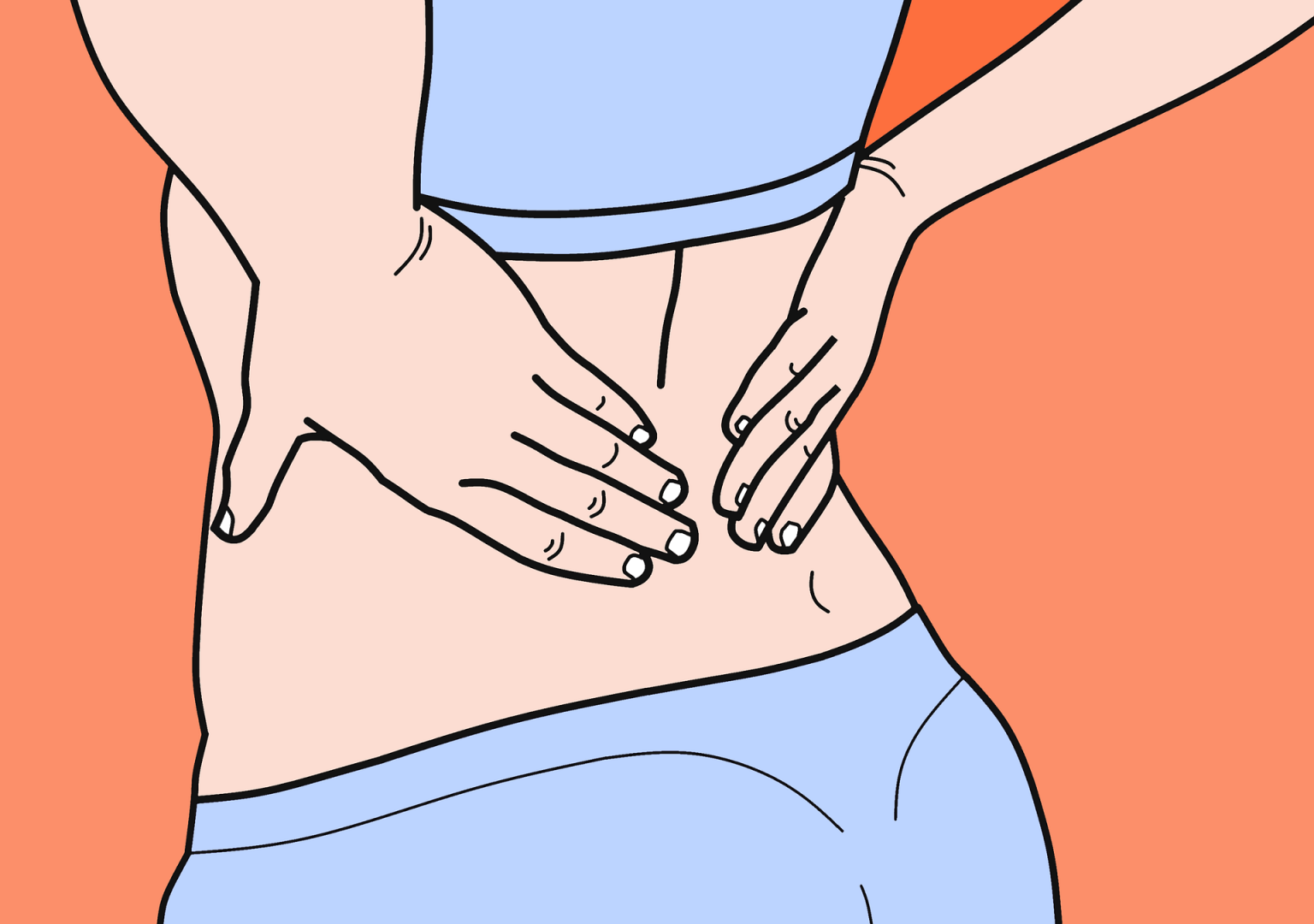Need Immediate help? Call 717-397-1010
After Hours Call / Text 717-471-2168
Need Immediate help? Call 717-397-1010
After Hours Call / Text 717-471-2168

If you were asked what profession reports the most work-related back and musculoskeletal injuries, what would your guess be? Construction worker? Warehouse worker? You would probably be surprised to hear that according to the Bureau of Labor Statistics, nursing assistants sustain more of these life-changing injuries than any other group of workers. They are followed by warehouse workers, truckers, stock clerks and registered nurses. The statistics are stunning in the sheer numbers: as a group, orderlies and nursing assistants each suffer these injuries at a rate three times higher than construction workers. Much of this has to do with the fact that they are lifting and moving patients on a constant basis, and an increasing number of patients are obese.
Research into what is causing these injuries reveals that there are a number of contributing factors, including laying blame at the feet of the hospitals and nursing schools where these workers are taught how to move patients. It is essential that proper body mechanics are used. But according to William Marras, director of the Ohio State University’s Spine Research Institute, there is no safe way for an employee – or even a group of employees – to lift an obese patient manually. “The magnitude of these forces that are on your spine are so large that the best body mechanics in the world are not going to keep you from getting a back problem,” he said.
In light of the fact that there is little hope that anything will change in terms of the patient population and their weight, the answer lies in facilities providing their staff with the tools that they need to keep them safe. Motorized hoists that are similar to those used in factories are being introduced in health systems around the country, and hospitals are conducting intensive training sessions designed specifically to prevent injury.
Those facilities that are not equipping themselves properly are risking their employees’ suffering back and spinal injuries that jeopardize their long-term health. According to assistant secretary of Labor David Michaels, “It means that workers who are relatively young have to stop working early, in many cases.”
Many workers in traditional industrial settings are specifically prohibited from lifting anything heavier than 35 pounds on the job, but health care workers are typically lifting patients weighing multiples of that dozens of times per day. The result is often a career-ending injury that leaves the employee with little recourse beyond filing for workers’ compensation insurance. Workers’ compensation provides those who have been hurt on the job with reimbursement of their medical expenses, time lost due to their injury, and long-term disability if it is needed. If you are a healthcare worker who has suffered a back or spine injury as a result of lifting heavy patients, contact the workers’ compensation attorneys at Vanasse Law to learn more about your rights.